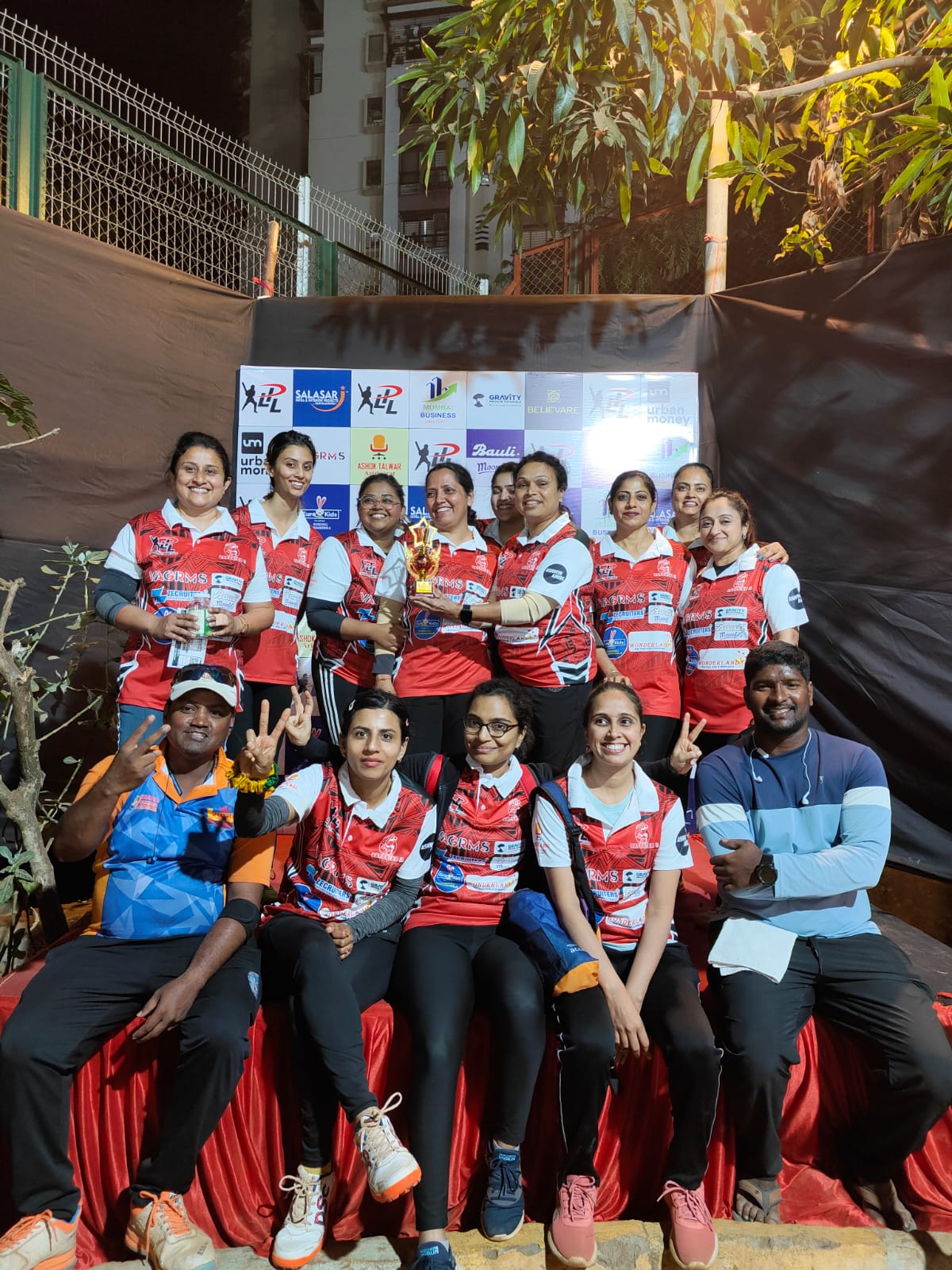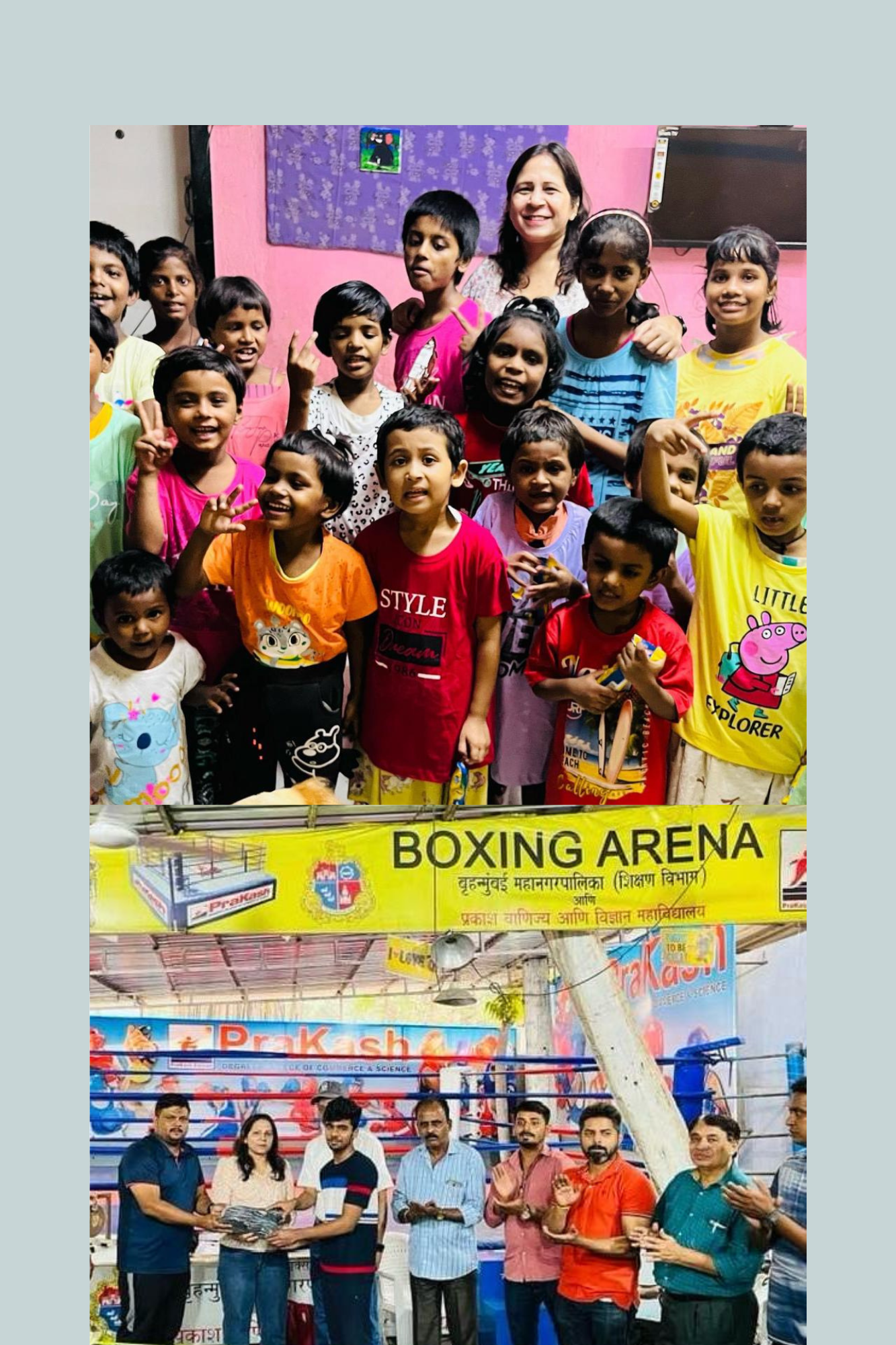
I had the opportunity to speak with Mr. Rakesh Birwadkar and Mr. Jitesh Labdi, coaches at NTCA(New Talent Cricket Academy), to understand the nuances of training boys versus girls.
Question 1: Could you please share some insights about yourself and your coaching at NTCA?
Answer: My name is Jitesh, and I am joined by my colleague and coach, Rakesh sir. We run New Talent Sports Academy, established six years ago, with a recent branch opening in Mumbai. Currently, we are training 40 children, including 10 girls.
Question 2: How does the approach to coaching girls differ from coaching boys in sports?
When we coach girls, we adjust our approach to fit their strengths, how they like to play, and what they want to learn. We teach them the basic skills they need, just like we do with boys. We focus on helping them feel sure of themselves, work well with others, and keep a positive mindset, especially because girls might face different challenges in sports.
Our coaching style is welcoming and helpful, so girls can do their best. We want them to feel included and supported, which helps them play their best.
Question 3: What are the challenges in coaching girls’ sports, and how do you address them?
As coaches, we understand that girls may face unique challenges like not having enough resources, dealing with stereotypes, having fewer opportunities, and not getting enough support. To help them succeed, we work hard to make sure our training environment is welcoming and supportive for female athletes. We want to give them the best chance to grow and excel in sports, despite the obstacles they might face.
Questions 4: How are teamwork and communication skills improved during girls’ cricket coaching?
During girls’ cricket coaching, teamwork and communication skills are improved through various methods and activities. As a coach, I emphasize the importance of collaboration and effective communication among players. I incorporate team-building exercises, such as group drills and practice matches, where players learn to work together towards common goals.
Additionally, I encourage open communication among team members, both on and off the field. This includes discussing strategies, providing feedback, and supporting each other during challenging situations. Through regular communication, players develop trust and mutual respect, essential elements for effective teamwork.
Moreover, I organize activities that require players to make quick decisions and coordinate with their teammates, enhancing their ability to communicate effectively under pressure. By creating a positive and supportive environment, girls feel comfortable expressing themselves and contributing to the team’s success.
Overall, girls’ cricket coaching focuses on not only developing individual skills but also fostering a strong sense of teamwork and communication, essential for achieving success both on and off the field.
Questions 5: What kind of interaction occurs with the parents or guardians of players during girls’ cricket coaching, and to what extent are they involved?
As a coach, I recognize the invaluable role parents or guardians play in the development of their daughters’ cricket skills and overall experience. I maintain open lines of communication with them to ensure they are well-informed about their child’s progress, training schedules, and upcoming matches. I encourage parents or guardians to actively support their daughters by attending matches, providing emotional encouragement, and offering logistical assistance as needed. Through periodic meetings, I engage with parents or guardians to discuss their daughters’ progress, address any concerns, and gather valuable feedback. I also welcome their involvement in volunteering for various team activities, such as organizing events, providing transportation, or participating in fundraising efforts. By fostering a collaborative relationship with parents or guardians, I aim to create a supportive environment that enhances the overall cricket experience for their daughters.
Inspiring the Next Generation: The visibility of girls’ sports serves as a source of inspiration for young girls, encouraging them to pursue their sporting passions and strive for excellence. Female athletes serve as role models, proving that gender is not a barrier to success in sports or any other field. Witnessing women excel in sports motivates young girls to dream big and pursue their aspirations without constraints.
Question 1: Can you introduce yourself and your NGO?
My name is Neeti Sharma, and I am the founder of Petals Charitable Trust(www.petalscharitabletrust.com), committed to providing support and opportunities to underprivileged children, particularly in sports. Before establishing Petals Charitable Trust in March 2021, I have worked as a banker, managed a play school, and also served as a school teacher. The idea for this NGO stemmed from my daughter’s interest in sports. While accompanying her to training sessions, I noticed numerous talented children lacking resources to pursue their sports dreams. Witnessing this disparity motivated me to take action, initially assisting individual children and later formalizing efforts through Petals Charitable Trust.
Question 2: What programs and initiatives is your organization currently involved in?

Question 3: How does your NGO utilize sports for social change and community development?
We use sports to help make positive changes in society and help kids who don’t have as much. Sports help kids become stronger and more confident, both physically and mentally. They also bring people together and help kids learn important life skills. No matter where they come from or how much money they have, everyone can benefit from sports.
Question 4: Could you share success stories or examples of individuals impacted by your organization?
Through our NGO, many kids have progressed. Among them is Nikhil Dubey, whose dad passed away due to COVID, leaving his mom with no money. For students to progress, they usually need to go through school or college. So, we arranged for Nikhil’s admission to Thakur College. He represented the college and won many medals there. He even won several medals at the national level. And He also competed at the All-India level. After that, an institute called Inspire Institute in Bangalore approached him, and he won medals there as well. Today, he is working a job in the Railway, and he is currently representing India in the Olympic Games. We assisted Shashikant Yadav because his family’s condition wasn’t good, and he couldn’t continue his game. We helped him in his career, and now he is pursuing BPED to become a school sports teacher. Our NGO has similarly assisted in arranging the marriage of a blind orphan girl, and today, she is happily settled in a good family. There are many other cases where our NGO has helped underprivileged individuals. Nikhil’s success story is just one of many examples of how our organization positively impacts individuals and communities. Through our sports programs, we provide opportunities for children like Nikhil to thrive, regardless of their background or circumstances. We’re proud to see Nikhil’s growth and are committed to continuing our work to empower more children and create positive change in our community.
Question 5: What partnerships or collaborations does your NGO have?
We are associated with MUBA, Mumbai Upnagar boxing association they help us in doing program, where we help children. Thakur College provides us with a lot of support, and with their help, we organize health check-up and camps. There is a school in Andheri West where I myself teach kids free of cost. Sneha Sadan is an orphanage where we conduct sports activities and other programs, and we are associated with them as well.
Question 6: What are your future plans for expanding your impact through sports?
Currently, on the 17th March 2024, we are organizing an event at 11 am Decathlon in Andheri West, where we will donate 100 boxing gloves and kits to underprivileged children. We want to reach more kids in poor areas with our sports programs, focusing on groups like girls, kids with disabilities, and those who are often left out. By making our programs bigger and working with others, we hope to help more kids and make our community better.
Even though girls’ sports have come a long way, they still face problems like not having enough resources and people not taking them seriously. But these problems give us a chance to speak up and make things better. By working together and pushing for fairness, we can make sure everyone gets a fair shot at sports.
Despite progress, girls’ sports still have challenges like not enough resources or support. Girls often face many challenges such as not having access to washrooms or changing rooms, not having pads available during their periods, and dealing with societal stereotypes. They have to overcome these obstacles while participating in sports. But by addressing these issues, girls’ sports can keep growing and making a positive impact
Conclusion: The rise of girls’ sports symbolizes a broader movement towards gender equality and girls’ empowerment. Through sports, girls challenge stereotypes, inspire future generations, and contribute to a more inclusive society. As girls’ sports gain momentum, its impact will further enhance societal equity and inclusivity.
Girls’ sports have become a powerful force for change and empowerment. In the past, sports were mostly for boys, but things are changing. Now, girls from different backgrounds are getting involved in sports, breaking stereotypes, and showing what they can do.














